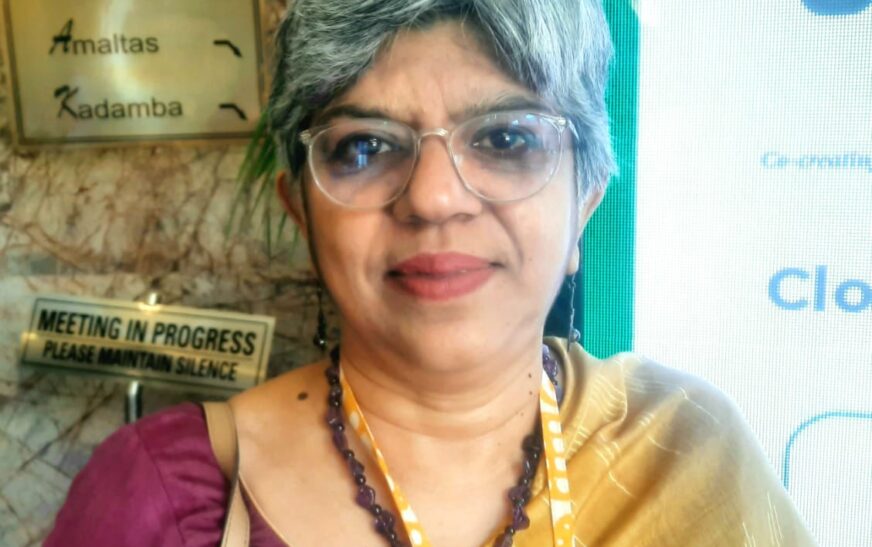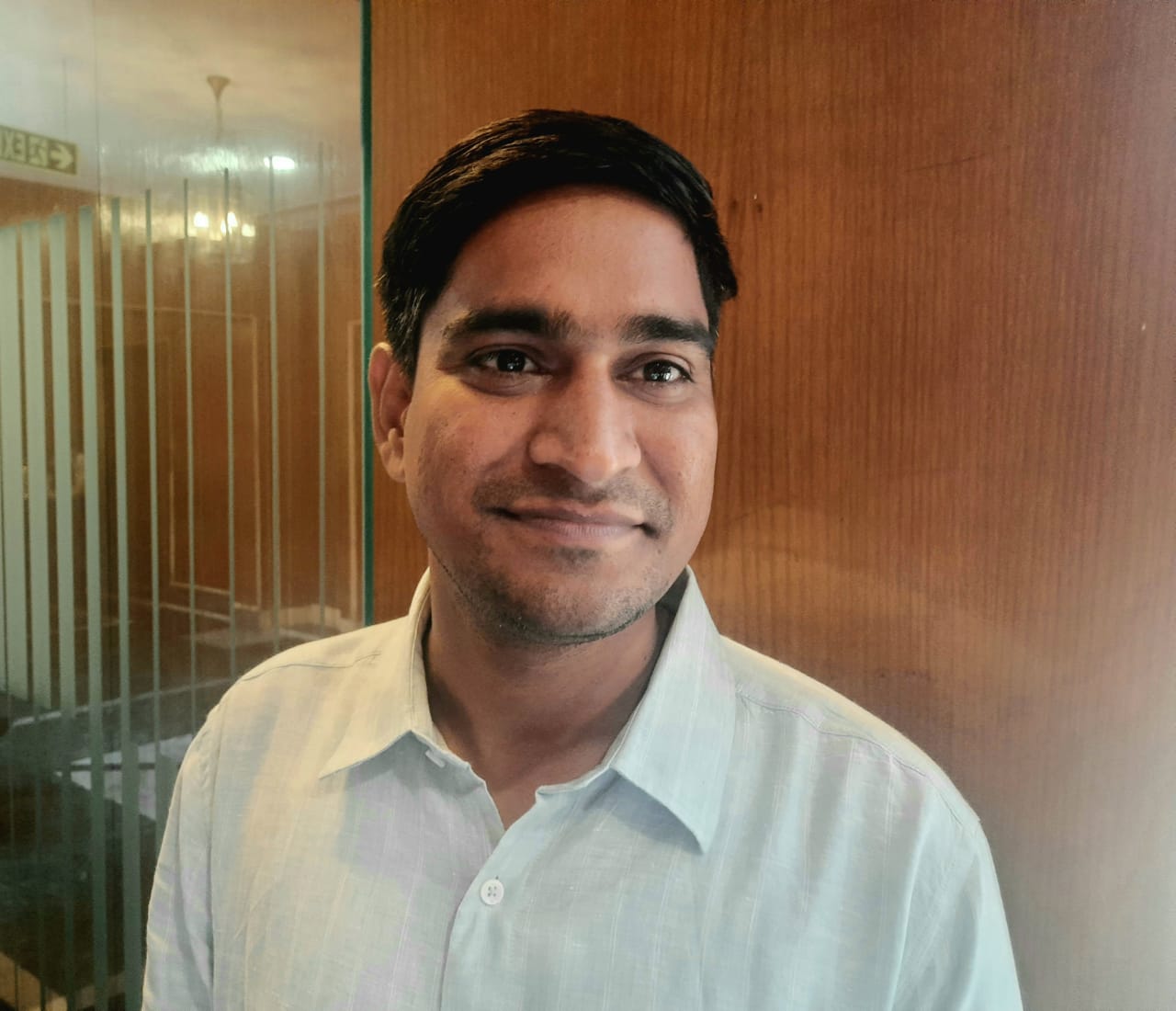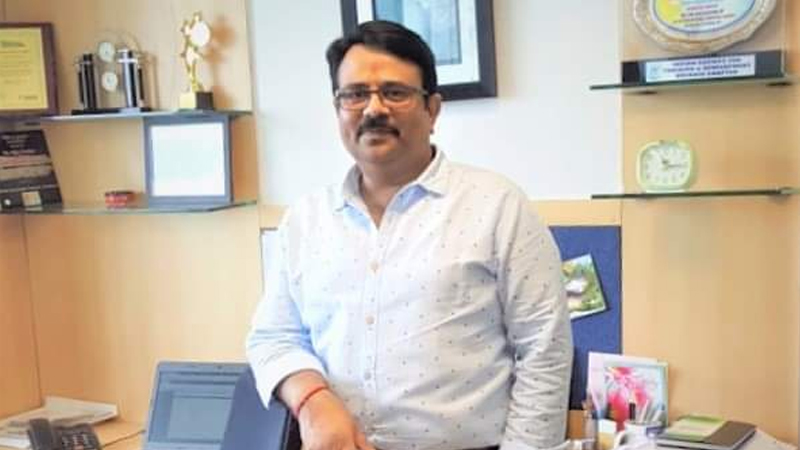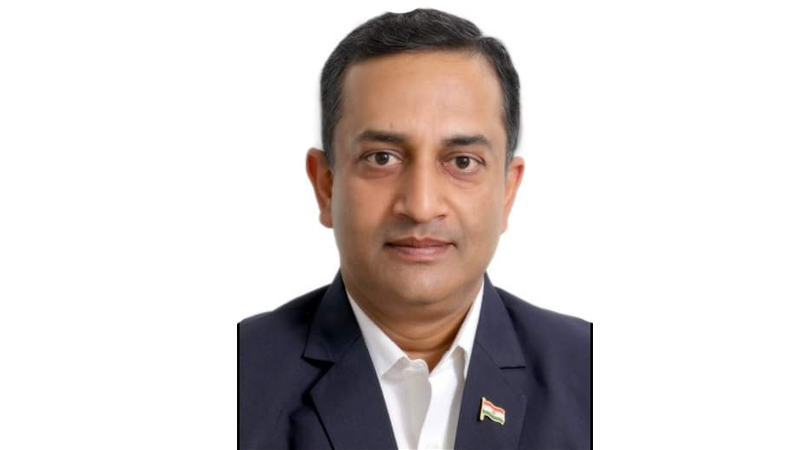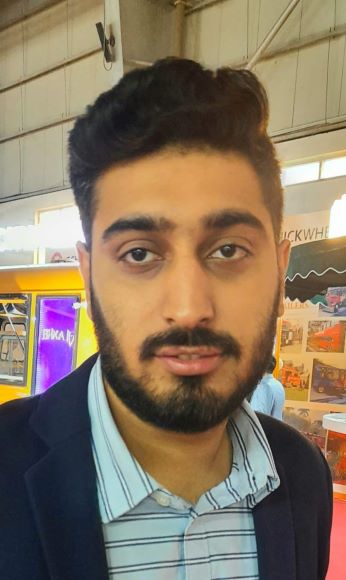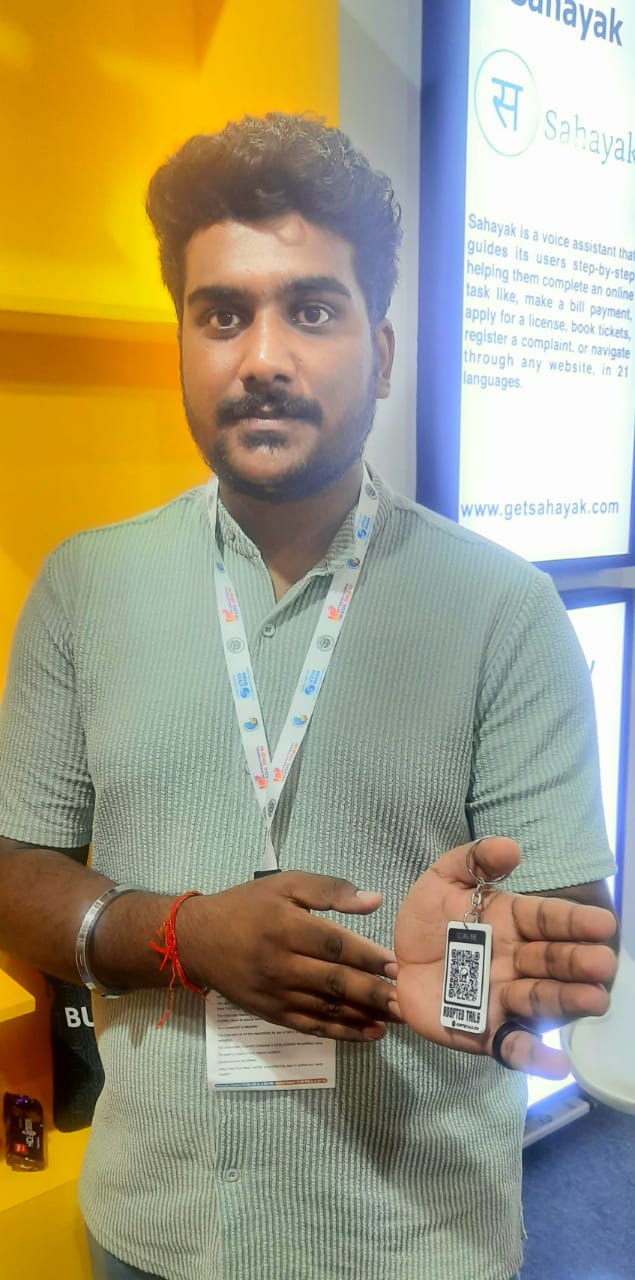Safetipin stands at the forefront of social innovation, leveraging technology and data to transform cities into safer, more inclusive spaces—particularly for women and marginalized communities. By delivering real-time, data-backed insights, the organization empowers both citizens and urban planners to make informed, impactful decisions.
At the heart of Safetipin’s mission is the My Safetipin app, a robust platform that enables users to conduct safety audits based on critical parameters such as street lighting, visibility, walkability, and access to public transport. This citizen-driven data collection fosters a culture of accountability and active civic participation.
To further expand its reach and deepen its impact, Safetipin has introduced advanced tools—Safetipin Nite and Safetipin Site. These solutions gather nighttime imagery and perform comprehensive assessments of urban infrastructure. The resulting data has already catalyzed real-world improvements; in cities like Delhi and Bogotá, it has prompted the installation of improved street lighting and increased police patrolling.
With operations spanning over 78 cities in 16 countries, Safetipin works in close partnership with governments, NGOs, and corporates to promote gender-responsive urban development. Through initiatives such as She Rises and Cities for Youth, the organization reimagines public spaces not as zones of risk, but as environments of opportunity, equity, and freedom.
In an exclusive interview with The Interview World at Urban Adda 2025—a forum organized by Raahgiri Foundation in collaboration with the International Council on Clean Transportation and GuruJal—Dr. Kalpana Viswanath, Co-Founder and CEO of Safetipin, offers an in-depth look at the organization’s transformative initiatives. She reflects on the measurable change driven by their work, the potential of disruptive technologies to enhance women’s safety, and the critical role of inclusion in realizing the vision of Viksit Bharat.
Here are the key insights from her powerful conversation.
Q: Can you walk us through some of the key initiatives undertaken by Safetipin to promote urban safety and inclusivity?
A: Safetipin is deeply committed to transforming cities into safer, more gender-responsive spaces. Our core mission is to create infrastructure, services, and mobility systems that are not only inclusive but also specifically designed to support women and marginalized groups.
With over 11 years of dedicated work, we have developed a multifaceted approach that combines technology, research, and advocacy. At the heart of our work lies robust data collection aimed at capturing the lived experiences of women in urban environments. This data provides critical insights into their daily challenges—how safe they feel, how they move, and what restricts their access.
We collaborate closely with governments, communities, NGOs, and law enforcement agencies to translate this data into actionable change. Whether it’s improving street lighting, enhancing last-mile connectivity, or addressing specific policing concerns, our interventions are grounded in evidence and tailored to real-world needs.
Equally important is our engagement with young people. We explore how they navigate the city and identify what supports can enable greater access to education, employment, and social participation. When safety and mobility are compromised, opportunities are lost—not just for individuals, but for cities as a whole.
Ultimately, good infrastructure does more than provide physical access. It unlocks economic potential, fosters social inclusion, and empowers citizens to fully participate in urban life. At Safetipin, we’re not just building safer cities—we’re building equitable, opportunity-rich environments for everyone.
Q: What positive changes have you observed over the years as a result of your work?
A: We’ve observed a gradual but promising shift. While gender responsiveness and women’s safety may not yet top every urban agenda, the momentum is building. Slowly but steadily, city authorities are beginning to recognize the importance of inclusive infrastructure.
Key improvements are emerging. Issues like inadequate street lighting, the underrepresentation of women in the transport sector, and poor last-mile connectivity are finally receiving attention. For instance, Delhi Transport Corporation (DTC) has made significant efforts to recruit more women drivers—a crucial step toward reshaping gender dynamics in public transport. Similarly, initiatives to improve access to public toilets and safer commuting options are gaining traction.
We’re also working closely with the police to map areas where women feel unsafe. The goal is to go beyond perception—to identify specific problems, whether it’s poorly lit streets, isolated locations, or broader systemic issues. Once the causes are clear, we collaborate with relevant authorities to implement tangible solutions.
Change may be slow, but it is happening—and each step forward reclaims public space for women.
Q: How do you see disruptive technologies enhancing urban mobility and safety, particularly for women commuters?
A: Technology, on its own, isn’t the solution—but it serves as a powerful enabler. When applied thoughtfully, it can drive meaningful change. At Safetipin, we’ve developed the My Safetipin app precisely with this purpose in mind.
This digital tool allows users to conduct safety audits, identify safer areas nearby, locate the nearest bus stops, and access real-time safety scores for their surroundings. By putting actionable data into the hands of citizens, the app empowers them to make informed decisions about mobility and personal safety.
Over time, tools like these can significantly enhance access to opportunities—by breaking down barriers, reducing fear, and enabling safe participation in public life.
Q: The vision of Viksit Bharat cannot be realized without true inclusion. What is your perspective on the role of inclusion in shaping this national vision?
A: To me, it’s self-evident—Viksit Bharat must include everyone. It cannot serve just a select few; it must reflect the aspirations of the entire nation. Therefore, we must intentionally centre those who have historically been excluded when planning and designing solutions.
This includes women, persons with disabilities, residents of low-income neighbourhoods, and many other marginalized communities. True progress demands that we first acknowledge who has been left out—and then make a deliberate effort to bring their voices to the table. Even if this inclusive approach takes more time, it’s essential. Because the vision of Viksit Bharat will remain incomplete unless every individual, regardless of their background or circumstance, is part of the journey forward.


